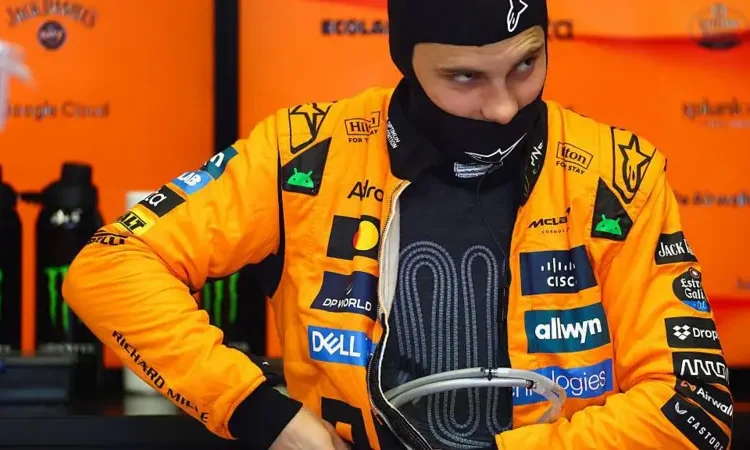Formula 1’s governing body has declared this weekend’s Singapore Grand Prix a ‘heat hazard’ race, triggering the use of a new rule introduced this year.
The decision was prompted by expected temperatures exceeding 31 degrees coupled with high humidity, conditions long recognized as making the Marina Bay street circuit the toughest on the calendar.
While drivers are not mandatory to wear the new cooling vests, teams must fit the system to their cars to prevent any competitive advantage.
The rule was established after the extreme heat and humidity of the 2023 Qatar Grand Prix, where several drivers nearly collapsed and required medical attention.
Drivers have given a mixed response to the new system, which pumps cooled liquid through a vest worn underneath their fireproof race gear.
GPDA director George Russell welcomed the relief from cockpit temperatures approaching 60 degrees, calling the car a “sauna.”
Fellow director Carlos Sainz agreed the ‘heat hazard’ decision was “fair” given the severity of combined heat and humidity.
However, some drivers, like Fernando Alonso, note the system’s material makes the vest less comfortable.
A key challenge remains: while the system is designed to last the entire two-hour race, if it stops working, the vest can actually make the driver hotter by acting as an insulator.





























